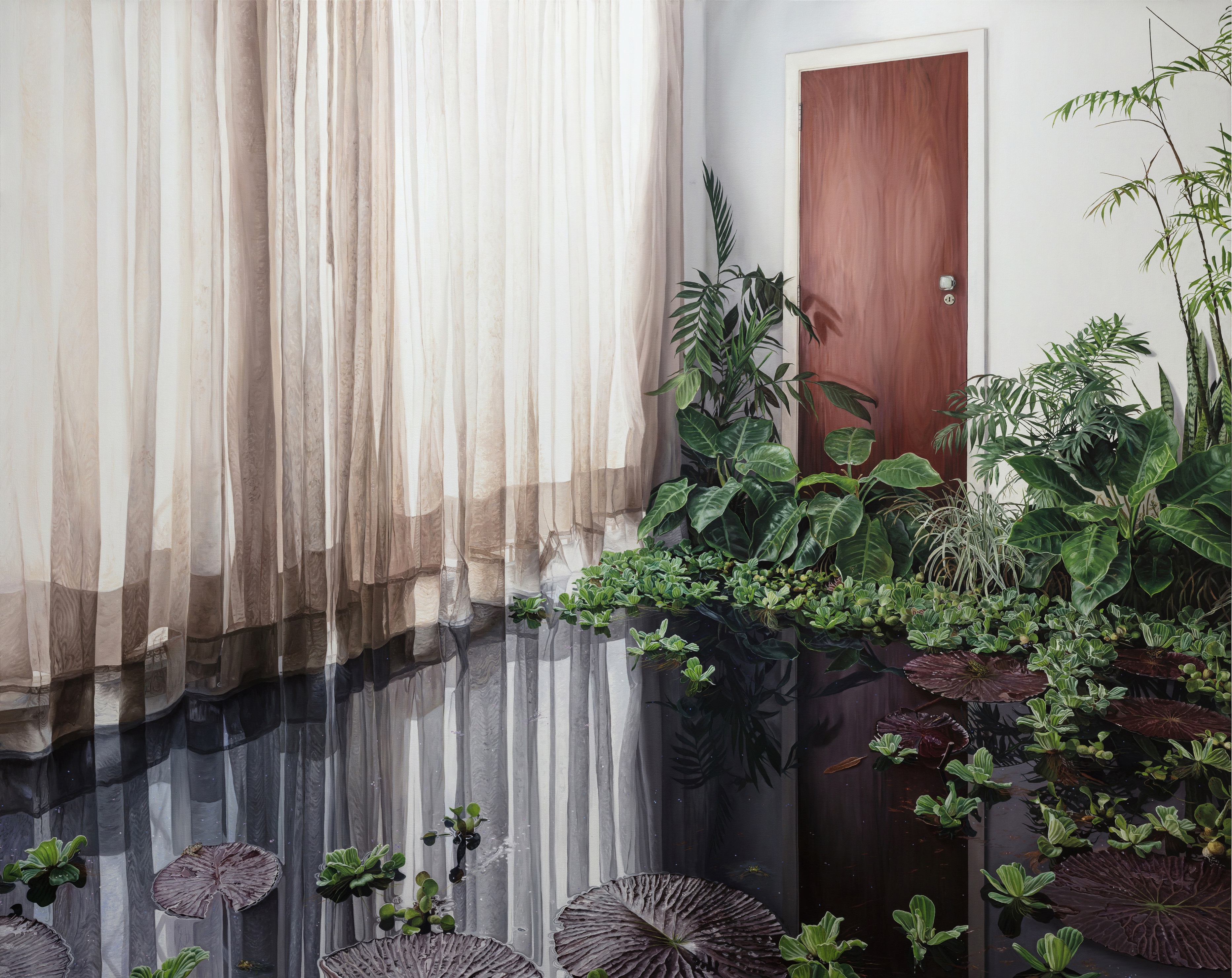Artuner: Crossing the Borders of Photography

As part of Photo London’s 2019 Public Programme, ARTUNER will present ‘Crossing the Borders of
Photography’, a group exhibition featuring Des Lawrence, Tabor Robak, Paul Kneale and Ana Elisa Egreja which
explores how the medium of photography is constantly being reinvented, challenged, and reworked into
contemporary artistic expressions.
The introduction of photography in the realm of fine art in the late 1800s represented a watershed moment: it
changed forever the trajectory of painting and introduced a new way of conceptualising ‘medium’ in the world of
art.
In a similar way today the fast paced advancement of image-making equipment has led to the introduction of
numerous technologies that do not only arguably surpass traditional analogue photography in accuracy, but
also constantly challenge it and push the boundaries of what it means to photographically capture a fleeting
moment.
Far from suggesting that the medium of photography is becoming obsolete, we propose to explore the
boundaries where digital technologies are expanding and enriching the photographic realm, where
contemporary artists are finding a field of enquiry that is engaging and speaks deeply to the core of
contemporaneous society.
Drawing upon media photographs as his main theme and principal subject, Des Lawrence questions our
image-saturated culture. From the newspaper obituary column, he seeks out images that through a loose
relationship of aesthetic or historical association can encapsulate one of the recently deceased notables.
Lawrence explores how we receive photographic images, how we place them in networks with each other and
with contextual information. In his enamel portraits, at times an object, a brand, or an architectural structure is
asked to stand in for the subject’s bodily features, thus begging the questions: What are we leaving behind once
we die?; What will we be remembered by, if at all?
Using computer generated imagery to create videos of an invented reality, Tabor Robak seeks to isolate and
explore a secondary, digital reality. In doing so he disrupts the expected relationship between the digital
photographic image and our ‘analogue’ reality. Even a digital camera has an indexicality to reality, reproducing it
precisely and instantaneously on the screen in front of us. Robak manufactures digital images that are
independent from reality and exist in solely in digital space, calling attention to the fact that all such images
(whether photographic or invented) are abstracted from our analogue world in this way.
Paul Kneale employs the scanner to create non-figurative paintings in a way that mirrors the photographic
process, in that he exposes and captures light. However, the absence of the camera and the represented object
puts the focus squarely on the technological and mechanical aspects of photography. Kneale questions its
techniques, blurring the boundaries between analogue as well as digital photography and painting, creating a
medium with its own unique image structure and appeal to the viewer.
Paul Kneale employs the scanner to create non-figurative paintings in a way that mirrors the photographic
process, in that he exposes and captures light. However, the absence of the camera and the represented object
puts the focus squarely on the technological and mechanical aspects of photography. Kneale questions its
techniques, blurring the boundaries between analogue as well as digital photography and painting, creating a
medium with its own unique image structure and appeal to the viewer.
With a practice that combines hyper-realist painting with imagined environments collaged from photographs
collected from the internet, or painted from unbelievable and fantastical ‘real life’ stagings, Ana Elisa Egreja acts
as creator, film director, and documentarist in order to craft and document the incredible scenes born out of her
imagination. Her paintings question the truthfulness of the photographic image and its limits, as her practice
recalls the use of photography in the nineteenth century, shortly after its invention – to produce composite
images through cut and paste, and as a compositional tool or reference guide for artists, whilst also making use
of the digital networks in which photographs now sit and are accessed through in our information-saturated
world.
NEOARTE – Soluções Fotográficas para o Mercado de Arte / www.neoarte.net
